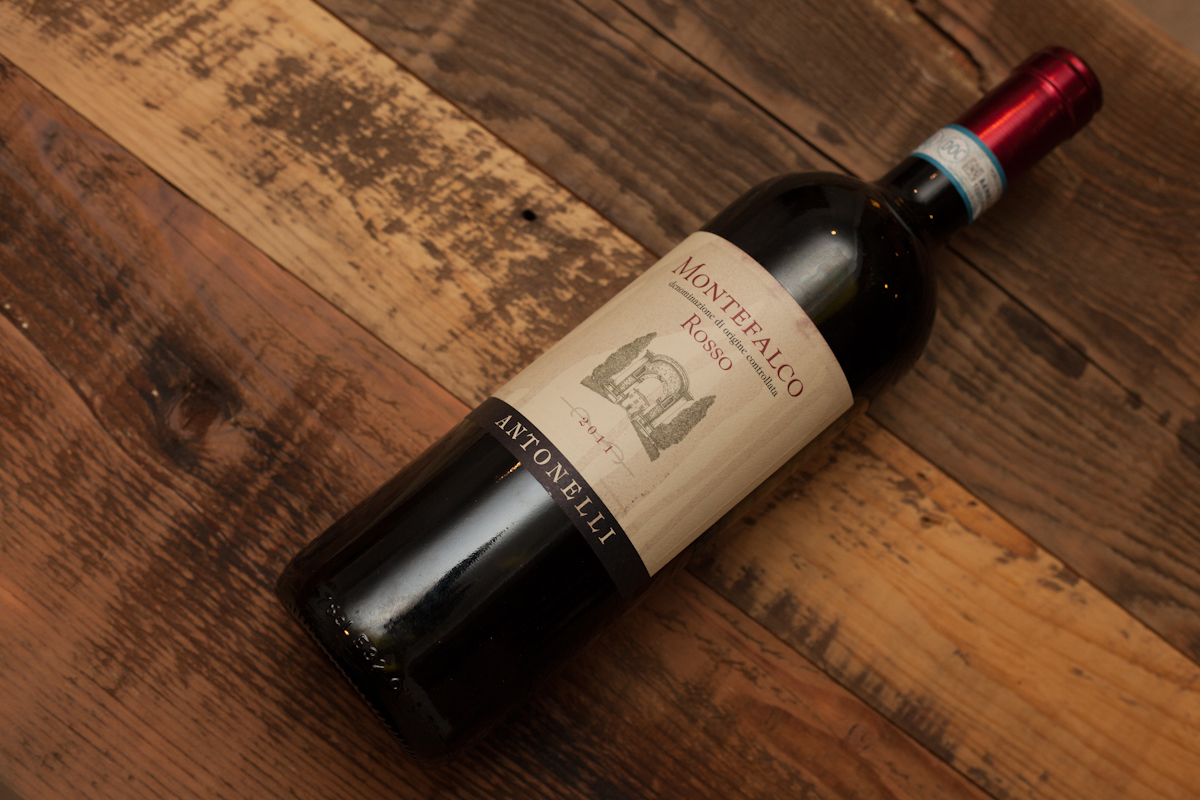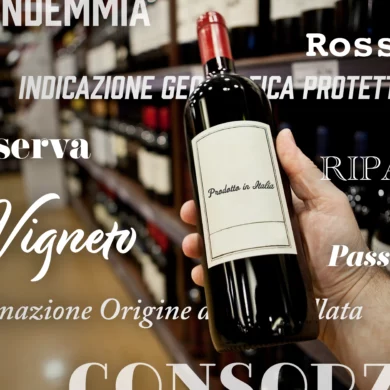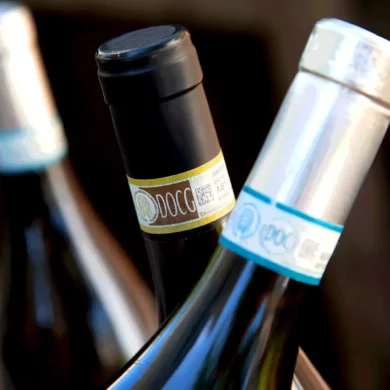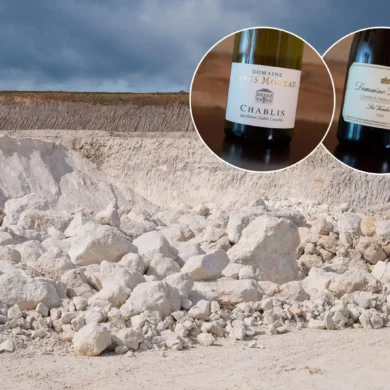A few nights ago, we opened up a Montefalco Rosso from Antonelli, and it was immediately obvious something was wrong with the wine. The cork came out with a massive divot in its bottom, crumbling into the wine below. Red streaks of wine had worked their way through the cork and stained the top, and the wine itself was bitter, flat and devoid of life.
The whole bottle, in short, was oxidized.
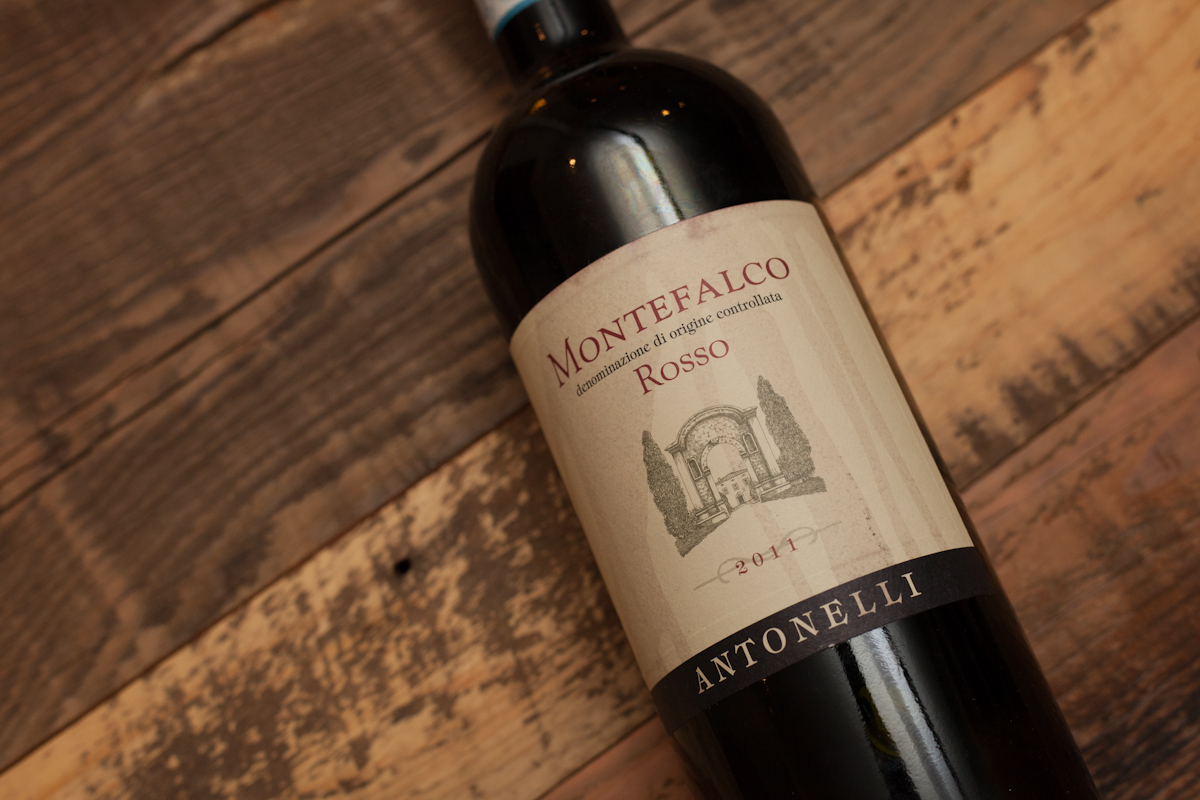
Looking at the bottle, I realized the label was stained with dried red wine, too. How I missed this when buying the wine, I don’t know. While it could have been wine from another bottle that was leaking in the same shipment, in hindsight, it was an easy tip-off that something wasn’t right. Better safe than sorry. I should have passed on it. In fact, it probably shouldn’t have been on the shelf in the first place.
So What Is an Oxidized Wine?
Wine is constantly in a struggle with oxygen. The more it is exposed to it, the more it changes. Anytime you hear someway say that a wine “needs to breathe,” this is what they are referring to: it’s flavors are wound tight, and a little air will help reveal the wine’s complexity.
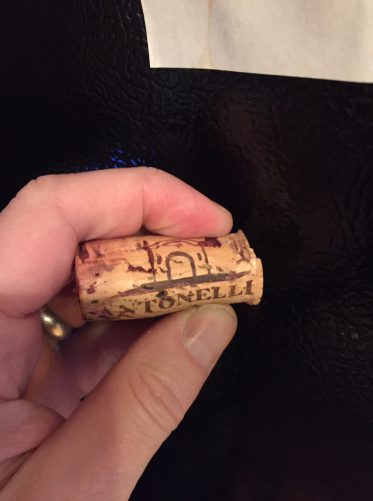
But too much exposure to oxygen will strip away the fruit flavors of a wine, and leave it flat, bitter and unappealing. Basically, the wine is working its way toward of state of becoming vinegar. That’s why an open bottle of red wine that’s left out over night is better dumped than consumed.
Naturally, a wine should never taste this way right from the bottle, and in the case of the Antonelli, the culprit was clearly a crummy cork (see picture at right). At some point, part of the bottom had crumbled, and when the wine was stored on its side, it was porous enough to let the wine seep into it and expose the goods to more air. Even a small compromise such as this can make a full bottle turn.
Sometimes you can forgive a winemaker for faults in a wine. (For example, a heat-damaged wine that has not been stored properly). But if they’re using lousy quality cork, these things are bound to happen. Again, the stains on the label could have been from elsewhere, but they also could have been from this bottle given how far the wine seeped through the cork. As a consumer, that should be your first clue to pass on a bottle. (Of course, I somehow missed this …)
What Can You Do About IT?
If you are in a restaurant, absolutely send the wine back. It shouldn’t even get this far, to be honest. When a waiter pulls the cork, they should see this evidence and be tipped off that something isn’t right.
But if you buy wine from a liquor store or wine shop, its a little less clear what to expect as an outcome. In my case, Davidson Liquors here in Denver was more than accommodating to take the wine back (with the cork) and offer store credit. Truthfully, any wine shop ought to do the same, even if some cases of oxidization are hard to tell from their standpoint. Good wine shops are passionate about the bottles they’ve selected, and you should expect them to stand by it.
As for Antonelli? I feel its unfair to judge a winemaker over one bad bottle. Montefalco is one of Italy’s treasures, and there aren’t many winemakers who produce it, let alone import it into the United States.
But they are the ones who bottled it with that shoddy cork. It’s a tough call. I probably won’t buy from them again.
Comments?
What do you think? Consumers: I’d be curious to hear about your experiences with bad corks and oxidized wines. Any tips to share?
Any perspectives from industry folks? Is it harsh to judge a winemaker based on one bottle, or totally valid?
Add a comment if you want. I’d love to know more on the subject from all points of view.
